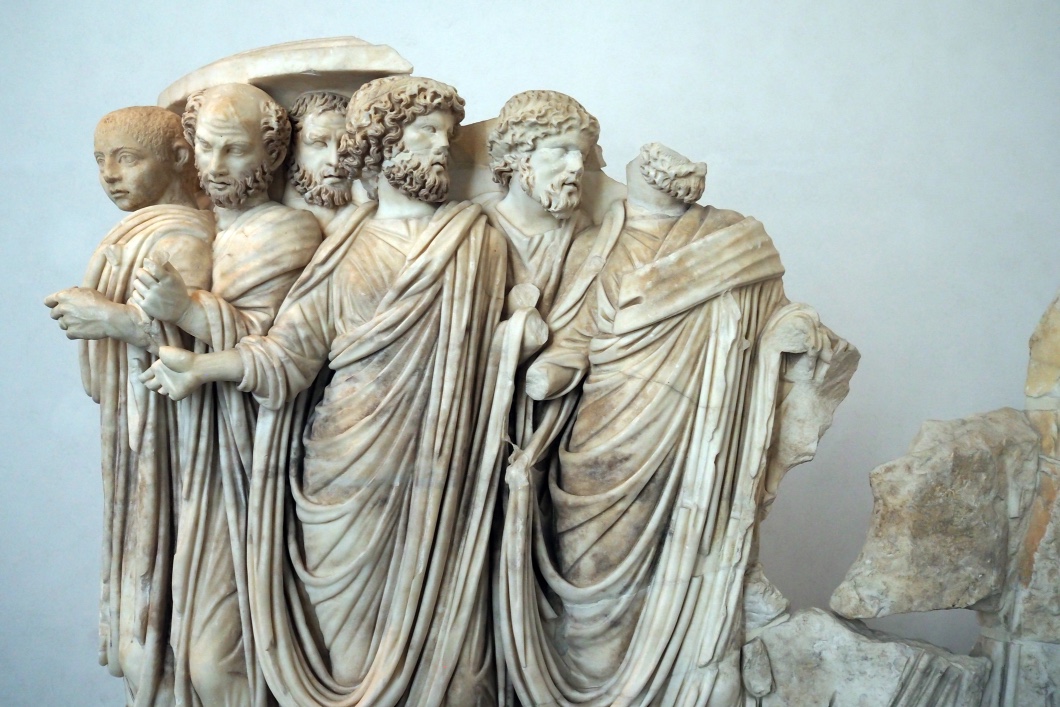The word that comes to mind when reading Gillan’s two most recent books of poems is prolific. After nineteen books, including the two under review and the co-editor of four anthologies, she has established herself as an unassailable voice in contemporary American poetry. The fifty-eight poems in Silence in an Empty House are an extended elegy to her late husband, Dennis.
Faced with the silence of an empty house, after her husband’s death, Gillan confronts the challenges of absence and living alone after a marriage that lasted over four decades. Courage is another of those words that describes Gillan’s poems. She writes with a confessional openness that exceeds an earlier generation of American confessional poets, such as Robert Lowell, Sylvia Plath, and Ann Sexton, among others.
In the opening poem of the volume, When We Were Engaged, she writes that when she and her husband were first engaged, she had to overcome her fear of heights and ride a rollercoaster so that she, the daughter of Italian immigrants, did not seem weak and vulnerable before her “handsome and middle-class fiancé.” In Kitchen in the House on Kenwood Road, she writes of the first years of her long marriage.
As a young wife, it was a time when she had tried to balance both her domestic role as a woman of the 1950s with her aspirations to be a professional and college teacher. But as she says, she finally “gave in” and assumed that traditional role prescribed for women of the era. As she reflects on those early years with her now deceased husband, she writes that they had so much yet to learn about who they were and where their lives were going. Little did either realize what fate held for them. The sinister disease ultimately overtook him rendering her lover, friend, and traveling companion virtually helpless. She writes of his physical pain and her emotional grief as she watches helplessly the progress of the disease.
As a university teacher and renowned poet, her professional life often took her out of the house for days. Gillan gives her readers a window into her guilt and anxiety over leaving her husband with caretakers. But there was little she could do to turn the clock back to that stay-at-home mother of her early years.
In the last section of the book, The Loneliness That Lives, she confronts with unabashed honesty the loneliness that she now faces. Gillan looks back at Dennis’ heroic struggle against the progress of the disease. At odd moments she is reminded of his struggle when she sees a dead deer on the side of the road. Her confrontation of life’s process is both honest and painful. At 3a.m. in the morning she writes, “I am talking to your ashes and asking/for the forgiveness I should have asked for when you /were still alive. . . “ But that opportunity is now lost.
But in the final section of The Silence, entitled, Getting Ready to Stand, it is clear that Gillan is ready to go on, to confront life’s challenges. She sees that same drive in her lovely, college professor daughter that has fueled her own success as a poet and teacher over the last forty years. There is hope and a future. She writes of her own success as a poet when she is given a prestigious award. In What Animals Teach Us, she sees a mirror image of all of us in our efforts to make our newborns stand, take that first step away, and enter life without us. As she says, animals “teach us how to care for one another.” In The Bear Hunt in New Jersey, she rails against an official hunt designed to kill bears in New Jersey because there are too many of them, but never, she says, are there ever “too many people, too many houses.”
In When the Christmas Cactus Blooms, she writes of her rebirth, that very human ability to find beauty in life “so full of grief and loss.” She sees cactus blooms and apostrophizes to Dennis, “I am so certain/that you sent me the amazing blooms of the cactus as a reminder/of all those sweet years we had together.” She ends her poem and the book, “only now, am I ready/to let go of your hand.”
In Ancestors’ Song, Gillan writes again of her years growing up Italian American in a working class family in New Jersey. She writes about those simple pleasures of a working-class family: summer evenings playing gin rummy under her father’s grape arbor, a glass of lemonade, the aroma of tangerines, and “fireflies that circled us like tiny falling stars.” She writes of her shyness as a young girl, a familiar theme in her other books, her first bicycle ride, and her Anglicizing her first name, from Maria to Mary, so she would fit in among her American friends at school. In her aspirations to be an American girl, she dreams of meeting Elvis Presley and riding a Harley with James Dean. Among these memories, she is reminded yet of the loss of her husband and the toll life takes. In Why Is It When I Think of You, she recalls a time on a New York street corner with Dennis. Nostalgia intersected with reality.
In the final poem in the volume, she writes of her mother’s birthplace, a small mountain village in Southern Italy. Gillan had the great honor some years ago to visit the village and read her poems. Her reading attracted scores of people, not just from the village, but from the surrounding area. She writes, “for one moment in these southern Italian mountains,/I could almost be one of the enormous butterflies/that light on the flowers and fly off, so weightless am I/and happy. . . . I feel welcomed in the place, as though my mother/and father were here with me, leading me home.”
Through all the pain and grief, Gillan is sustained by her connectedness to the people who surround her, past and present. Her memories of her husband, her parents, her children, and finally her heritage in that Southern Italian village give her the strength to overcome the omnipresent sadness of her husband’s passing. What we learn from her poems is that grief need not cancel out the beauty of a blooming cactus or the joy of returning to an ancestral village where she rediscovers that sense of belonging which transcends time and place.
Ken Scambray is professor of English at the Univ. of La Verne. His latest book is Queen Calafia’s Paradise: California and the Italian American Novel. Aside from his collection of short stories, Surface Roots, his fiction and poetry appear regularly in national journals.






























